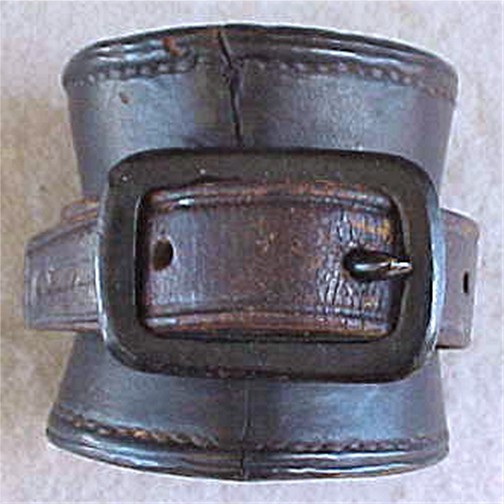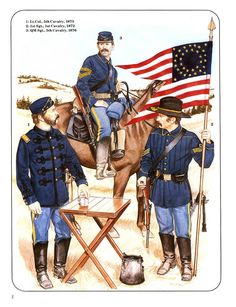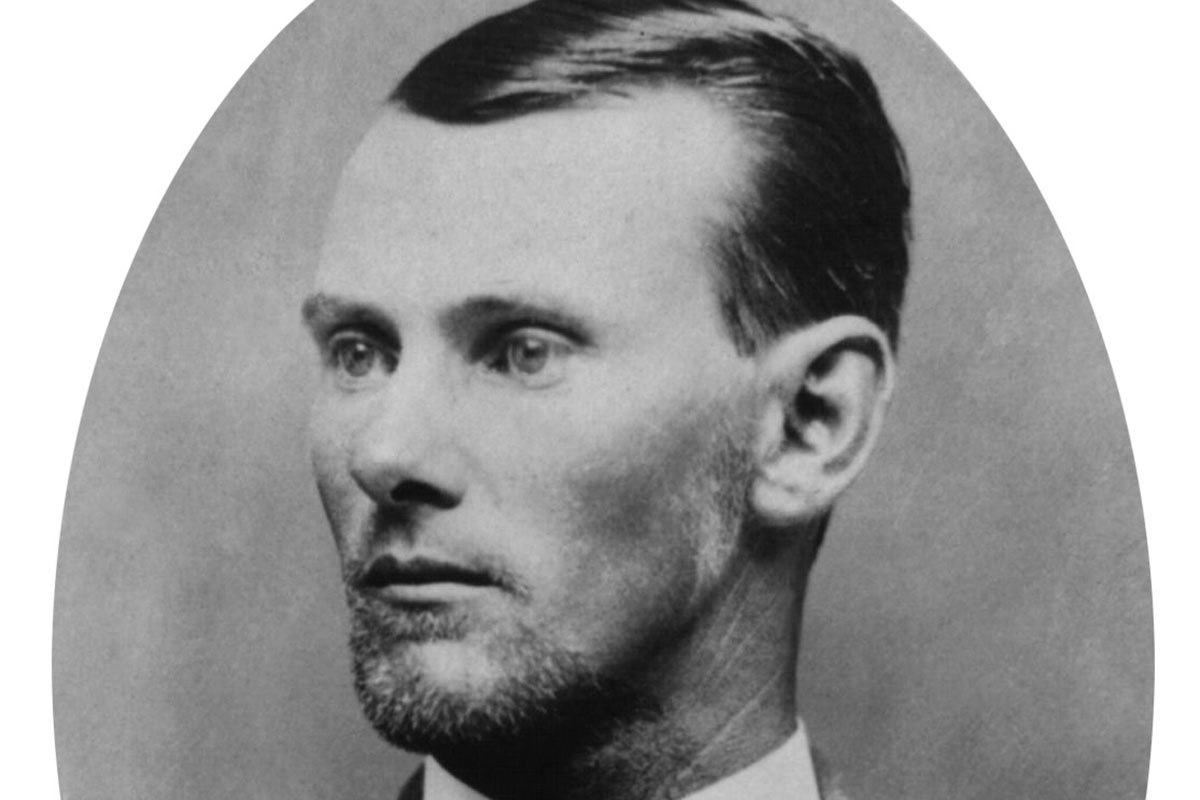
During the Civil War cavalry troopers carried their carbines in what were called sockets. These were leather rings only about three or four inches wide and attached to the skirt of the McClellan saddle. The barrel was inserted into the ring and the ring on the rifle was attached to a leather strap that hooked over the shoulder like a guitar strap. That was to keep the carbine from falling to the ground if the trooper was wounded or the horse spooked for some reason. They were used until 1886. Some regiments carried Spencer carbines and others, Sharps. Most preferred the Spencer .50 caliber repeater fed from a tube in the stock containing seven rounds. It delivered devastating firepower for the times. The breech-loading single-shot Sharps was preferred by some but it fired a paper cartridge. It was altered to fire a .50 caliber metallic cartridge in 1869.
The long-barreled.58 caliber Springfield muskets were the standard arm used by the infantry and not practical for fighting on horseback. That’s why cavalrymen preferred the 1860 Army .44 revolver. After the war the Springfield were altered to fire a metallic cartridge loaded at the breech and called Allin Conversions.
In 1873 the Army settled on the Allin Conversion and the single-shot .45 caliber Model 1873 Springfield Trapdoor served the Army for more than twenty years. Unfortunately the carbines didn’t serve Custer’s 7th Cavalry well at the Little Big Horn where many of them jammed. Custer’s men might have fared better had they been using brass cartridges instead of copper which tended to jam.







